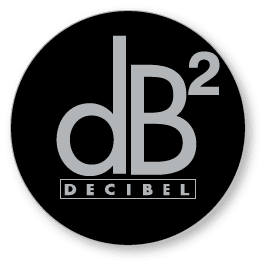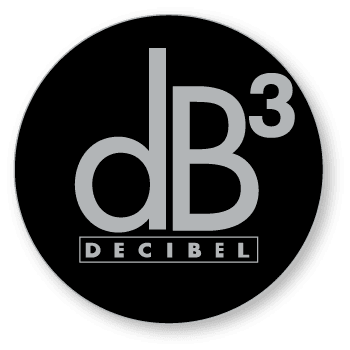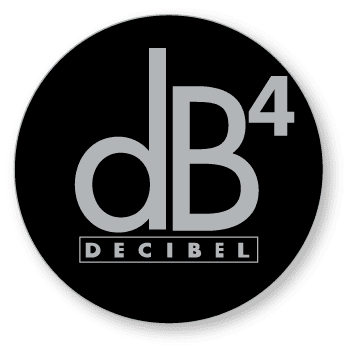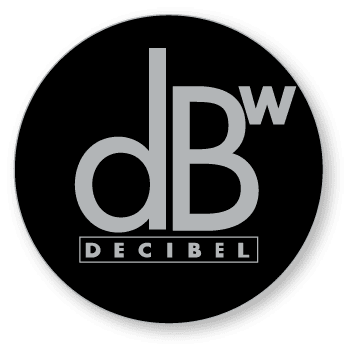In combination with CLT
Decibel Concept has been able to offer effective acoustic solutions regardless of whether it was concrete or wooden beams, but we are constantly looking for new challenges and here we address our latest development in light wooden beams with a focus on CLT (cross laminated timber) also called KL-Trä, KLT , X-Lam, BSP etc. We have also participated in new innovative constructions such as MiTek’s Posi Flooring System which you will find on pages 17-19 of the brochure under “related files”.
Interest in building in wood has increased significantly in recent years and a contributing factor is the need to minimize CO2 emissions in construction, which of course are often represented by various concrete structures. However, concrete suffers from a relatively large CO2 impact and the need to find alternative solutions has therefore increased. This trend does not only apply in the Scandinavian countries, but the need has a large international spread.
The most widespread construction is the CLT joist, which can be briefly explained as a wood-based construction product that is made up of an uneven number of layers consisting of planed wood. Normally three, five, seven or nine layers are used. Each layer consists of finger-jointed lamellas laid side by side. In each layer, the boards are laid at right angles relative to adjacent layers.
Environmentally, wooden floors are completely superior to concrete, but acoustically speaking, it is often a challenge to find solutions that meet the sound requirements for homes, offices, schools and hotels. We have followed developments around CLT and how they tried to meet the sound requirements. Of course, it is possible to build constructions that meet the requirements, but it is also important that this is done cost-effectively, both in terms of time and material costs. But other factors must also be taken into account, such as building heights. This is often forgotten, but a few centimeters lower building height per floor multiplied by the building area quickly results in large cost savings.
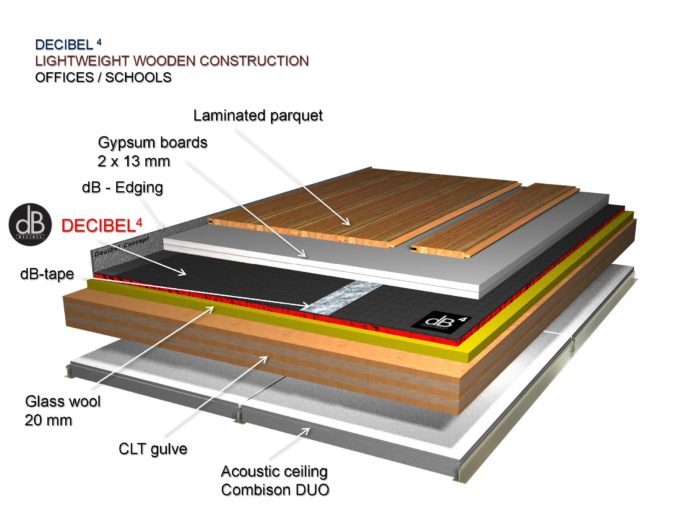
We have realized that there is a great need for complete solutions where all components are tested together. As an acoustician, working with databases that include different materials is difficult as there is no given guarantee that the product combination will work. The environmental requirements, which are complicated, also apply. Maybe you find a product combination that theoretically works, but what does the situation look like for the overall construction?
Within Decibel Concept, there are many collaborations around our various constructions to provide security. This also applies to the environmental situation. We work continuously with environmental issues and requirements so that we always meet the requirements from e.g. BASTA, Byggvarobedomningen, Sunda Hus, Svanen, Green Label Plus, etc.
We have therefore looked over this entire problem and looked at what opportunities we have within Decibel Concept. Of course, the choice fell in the first place on our well-proven SoundSeal construction where we integrate the Decibel 4 mat under the leveling compound.
Information about the tests:
The tests we have done as a basis for this information are carried out in LTH’s full-scale lab and according to SS-EN ISO 10140-2 and 3 (2010). In parallel, we have carried out a number of field measurements to ensure our guidance. We have chosen to show current construction solutions that solve different sound classes for homes, offices, schools and hotels, with a focus on B and C requirements according to SS 25267, SS 25268 and BBR.
We have had the pleasure of collaborating with Saint-Gobain in the development work and all their various constituent products. The tests were carried out in consultation with people who have in-depth knowledge of light wooden beams. Some of these have been kind enough to give us a comment about the development work;
The tests were carried out at LTH (Lund University) and in consultation with people who have in-depth knowledge of light wooden beams. Some of these have been kind enough to give us a comment about the development work;
A comment about the development work;
“For an acoustician, it feels good when Aprobo’s Decibel SoundSeal solutions are chosen as the acoustic data presented are always correct and professionally reported”
– Klas Hagberg PhD Acoustics / Acouwood
There are of course many factors that can affect the acoustic result and if we look at the CLT joists, there are a number of different fastenings that all affect the results in some direction. Our recommended constructions in this brochure should be seen as a guide, but it is important that you then take into account all other facts that may affect the acoustic result.
For more information, read our brochure on the Decibel Concept with light wooden beams.




